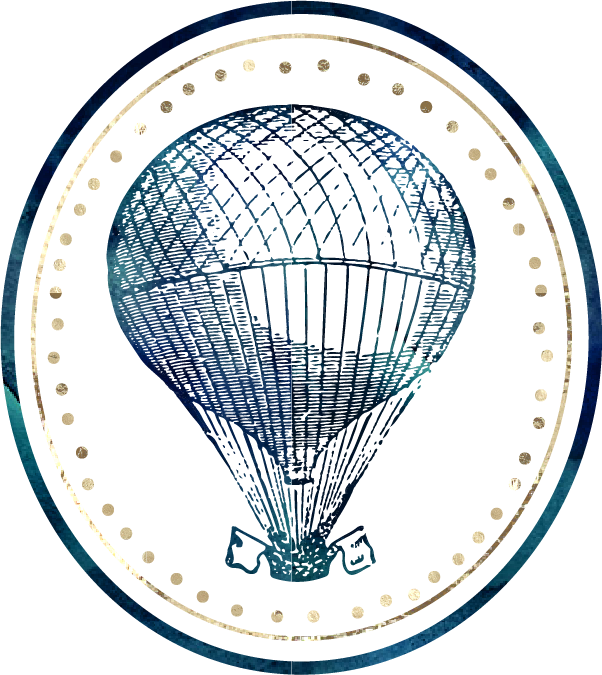“You smell like an airport”
Words to avoid. And words often exchanged when my partner or I return home from a trip.
You know the smell. 1 part stress sweat, 1 part jet fuel, 1 part sanitizer, 1 part old coffee, 1 part recycled air and 1 part general disdain for humankind with a wafty top note of artificial air freshener.

There’s also:
“You look like you’ve had a long journey”
Sunken, circled eyes. Paper-thin dehydrated skin. Cracked and flaky pale lips. Swollen legs and feet. Dull, flat (read: greasy) hair. Generally disheveled clothing. Coffee (or is that wine?) stain front and center.

Get it together, girl.
This is not the fate of all who travel. It’s only the fate of those who fall victim to poorly executed travel self-care.
I’ve experienced the effects of poor travel self-care too many times to count. Landing with feet so swollen I could barely get my shoes on (even with the laces completely undone!), pale and dehydrated skin and lips, a painfully bloated belly, and a fatigue headache that didn’t do any favors for my patience in the Uber queue.

Travel self-care. That’s a thing.
There are so many factors affecting your body when it’s blasted 30,000 feet into the air in a sealed steel tube.
- Airport and boarding stress raises your cortisol levels. Think flushed face, high blood pressure, anxious sweats, and inflammation.
- Low humidity levels in airplane cabins are due in part to air circulated into the cabin from outside the plane. At that altitude, the air is naturally lower in moisture, causing dry skin, bloodshot eyes, crispy sinuses, headaches, and a whole host of gastro-issues. Every breath out is a loss of moisture. Every breath in is dry air. Think about that.
- Lower air pressure at high altitudes causes your body to take in less oxygen. Pressurized air cabins are a modern marvel, but they can’t truly simulate ground-level air pressures. This causes your body to take in less oxygen, making you feel and look tired and gaunt.
- Air pressure also affects your inner ears, especially during take-off and landing. This can cause motion sickness which leads to things like sweating, nausea, headaches, and disorientation which don’t lend themselves to a peachy cute complexion upon landing.
- That same DANG cabin air pressure also causes bloat in the gut and a build-up of gas in your body- making your pants tighter and giving you a general sense of discomfort.
- Being strapped in a tiny seat combined with everything I’ve already mentioned can cause issues related to restricted blood flow, leading to swelling in your extremities, fatigue, and even blood clots. NOT GREAT.
You can avoid ALL of this. Read that again.
Not only can you promote a healthier travel experience for your body and mind to avoid scary things like blood clots and dehydration-related illnesses, but you can land looking more like a perky peach than a wrinkly raisin.
If you do nothing else, do these three things:
- Drink. Water. (remember: breathing = loss of moisture. You gotta breathe. So you gotta replace that moisture.) I have some specific rules I regularly follow for water intake during air (or any long-haul) travel.
- Move. If you’re following the plan so far, you’ll be getting out of your seat reasonably regularly to pee. This is good for flushing toxins (ew. chemical-filled airplane food) and staying hydrated. It’s also good for blood flow. I have a few tried and true tips I always use when keeping it moving while in transit.
- Polish. At minimum, keep your hair in a tight neat chignon or braid. (If your hair is short, keep it brushed or pinned back.) If it becomes messy mid-flight, take a sec to smooth your fly-aways and tighten your chignon while you’re in the lav. Add a quick swipe of lip stain or long-lasting lip color and you’ve instantly elevated your look without too much effort or product. Neat hair and a colored lip will quickly take you from disheveled to distinguished on any long-haul.

SHOP THE POST
Quick Note: As an Amazon Associate I earn from qualifying purchases. Meaning, if you make a purchase using one of the links in this post, I’ll get a tiny cut of Amazon’s profit (at no additional cost to you) to help keep Aurora Bird’s Travels up and running. Thank you.






 The TWA Hotel
The TWA Hotel Sailing a Schooner on Elliott Bay
Sailing a Schooner on Elliott Bay “Hiking” Mt. Rainier
“Hiking” Mt. Rainier What’s All This About? An Introduction.
What’s All This About? An Introduction.





I’ve never thought about many of these tricks! I will def try some of these on my next trip to Costa Rica!